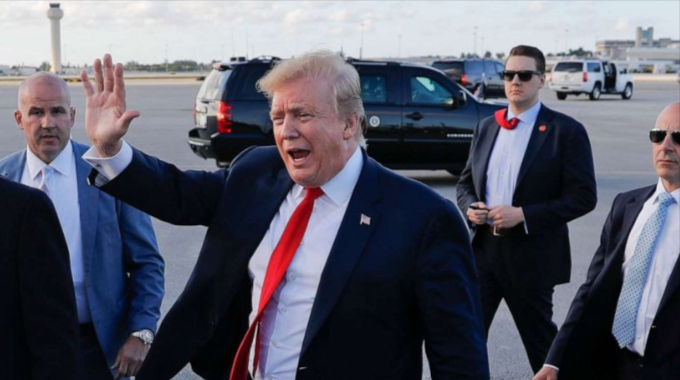FBI Claims Trump Rally Attacker Was ‘Loner’

The FBI has disclosed new details about Thomas Crooks, the 20-year-old accused of attempting to assassinate former President Donald Trump, along with additional information for the public.
During a press conference on Monday, Kevin Rojak, the special agent in charge of the FBI’s Pittsburgh field office, described Crooks as a “loner” regarding his associations and mental state.
“His primary social circle appears to be limited to his immediate family, as we believe he had few friends and acquaintances throughout his life,” Rojak stated, according to Fox News.
Jason Kohler, who attended the same high school as Crooks, described him to Fox News as an “outcast” who was always alone and “bullied every day.” He also mentioned that Crooks often sat alone at lunchtime and was mocked for his attire, which frequently included “hunting outfits.”
In hindsight, some classmates observed warning signs indicating Crooks might have been capable of orchestrating the violent attack that led to one man's death, critically injured two people, and harmed a former president of the United States.
“The signs were there, and somebody definitely had to have known,” Vincent Taormina, another former classmate of Crooks, previously told Fox News.
In the weeks following the attack, reports have highlighted several failures leading up to Crooks' shooting at the Butler, Pa., rally. For example, the lead sharpshooter for a local SWAT team revealed a concerning detail during an interview with ABC News reporter Aaron Katersky.
The local Beaver County, Pa., team disclosed it had “no communication” with the U.S. Secret Service before the shooting attempt and did not make contact until afterward.
On the day of the rally, the SWAT team was positioned on the second floor of the building that Crooks later used to shoot. The lead sharpshooter noted that the SWAT team was supposed to receive a “face-to-face briefing” with the Secret Service agents upon their arrival, but this did not occur.
“We were supposed to get a face-to-face briefing with the Secret Service snipers whenever they arrived, and that never happened. So I think that was probably a pivotal point where I started thinking things were wrong because that never happened, and we had no communication with the Secret Service,” the lead SWAT sharpshooter said.
When Katersky pressed the team’s top sharpshooter about any communication from the Secret Service “at all on that Saturday,” the SWAT leader confirmed there was no communication from the agency “until after the shooting.”
“And by then—” Katersky interjected before the SWAT sharpshooter responded, “It was too late.”
Katersky further explained that the local SWAT team had found Crooks “suspicious” before the shooting and had sent texts with a description and pictures of the 20-year-old. However, this information was not relayed to Secret Service leaders due to a lack of communication between the two groups.
The SWAT team was stationed on the second floor of Building 6 at the American Glass Research facility by the Secret Service. From there, they could only see into the crowd at the Trump rally. Katersky pointed out that the team’s inability to see Crooks was not due to a sloped roof or hot weather, but rather the placement chosen by the Secret Service.
Additionally, local law enforcement provided radios to the U.S. Secret Service for cross-agency coordination during the July 13 rally. However, Sen. Ron Johnson (R-Wis.) stated on July 28 that the Secret Service never used the radios, as reported by The Blaze.